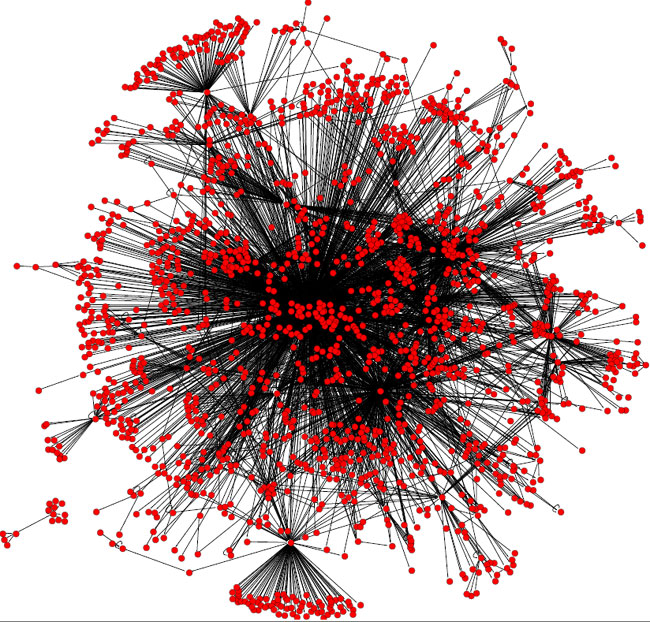Revealing Complexity
Probably the most significant barrier to user adoption of new workplace technology is that users don't see the personal benefit of adopting these technologies. This is the classic 'What's in it for me?' conundrum. While that subject is important and worthy of exploration, I won't be hitting that specific problem today. Instead, let's talk about what is likely the second-most important barrier to employee adoption of workplace technology, namely, that most enterprise technologies have provided (relatively) poor user experience and/or are just too complex for them to use intuitively.
While enterprise technology companies have talked about, and some have actually delivered, better, more compelling, more consumer-like technology user experiences, even the most modern, best-designed applications eventually run into a common problem in that enterprise tools often require LOTS of data be input into them.
It could be a new sales prospect being recorded in a CRM, a new supplier that needs to be set up in Procurement, or even a relatively simple matter of entering a new hire in the HRIS, all of these use cases while impacting disparate systems and organizational departments, have much more in common than we usually think. Each of these transactions requires (usually), a whole bunch of data fields to be populated with a whole bunch of data. And even in 2015, for many organizations the bulk of these myriad data elements have to be manually typed into the respective system form fields the old fashioned way - manually.
And so since the makers of CRM and Supply Chain and HR technologies understand this reality, and like to be able to sell to customers the things they need to run their business operations, even the most modern, slick, mobile responsive, and really amazing looking enterprise solutions often and still have these kind of busy, kind of ugly, kind of tired looking data input forms in order to support these kinds of transactions. And while we might be tempted to look at these kinds of forms, (and the processes that make these 37 field data input forms necessary), as relics from an older, less awesome age, they still have a place in most organizations and in most modern technology solutions.
Not every interaction with an enterprise technology can (or should) be reduced to a graphic or chart on a tablet, or a glanceable notification on your new Apple Watch. Sometimes, the hard and necessary work of getting relevant data (and lots of it) about customers, vendors, and employees into the enterprise tools that organizations rely upon is, still, kind of boring, kind of repetitive, and even kind of monotonous.
But that is entirely ok, and should not be considered some kind of an indictment of the technology solution provider that has not figured out a way to make inputting 32 fields about a customer into some kind of a gorgeous 'swipe left' and 'swipe right' kind of user experience.
User Experience and what is good User Experience is highly variable and highly personal. And what usually constitutes great User Experience for the sales exec who wants to look at the Q3 funnel on her tablet is much, much different than what makes up great UX for a payroll entry clerk. We can't confuse them with each other.
The best designed enterprise systems, of course, support both UX's and both kinds of users. The key is, I think, to have the system only reveal its fundamental complexity, and the form with 37 input fields, only to those people who really need them, and care about them, and help them see the 'What's in it for me?' as well as treating them and their role with respect.

 Steve
Steve
Reader Comments (4)
Good stuffs.. Thanks for this article..!!
Custom build clubs are what you really should look for
HOTSCHEDULES LOGIN ACCOUNT
apa pool membership login
mygcu portal gcu
watchcartoononline.come
Complexity of workplace technology maybe quite difficult to understand as a human being. But new technology always bring new changing and facilitate to save the work.
For more click here https://prorealtorsusa.com/global/professional-real-estate-services-in-brooklyn-ny to get information about Professional Real Estate Services in Brooklyn, NY
Revealing Complexity: Dive into the intricate world of geometry dash, where every jump and flip unveils new challenges. Master geometric landscapes and rhythm-based gameplay to conquer levels filled with surprises. Explore your limits and defy gravity in this addictive mobile game.